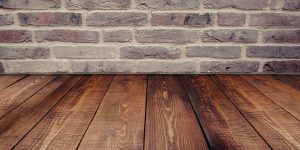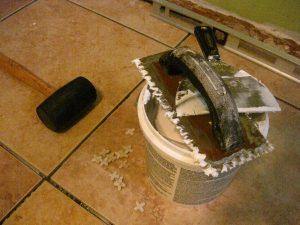Working Through the Questions to Get to the Right Answers
Last week we went through questions to ask when looking for the right solid surface flooring. I pointed out the importance of starting with the why. Then I went through an overview of the other questions – product choices, appearance, durability, cleaning and maintenance, price, installation options, location and the ability to be repaired.
This week we will go into the attributes of the different solid surface products that are currently available:
- Solid wood – is lumber cut from trees. It normally ranges in thickness from ½” to ¾”. It typically has a tongue and groove on the sides and ends. It usually is nailed down through the tongue which hides the fastener. It can also be glued down. Because it’s the same material all the way through it can be sanded down and refinished in the future.
- Engineered wood – is similar to solid wood in that wood is the primary material. The difference is that it is manufactured in layers with the grain alternating direction and glued together. Engineered wood might be as thin as 3/8” up to ¾”. Like the solid wood it usually has a tongue and groove and can be installed either by nailing or by gluing. Some engineered wood has a thick enough top layer to allow for refinishing, but often the top finished layer is too thin for refinishing to be done.
- Bamboo – is manufactured flooring made from the bamboo plant. It is typically made by
 slicing mature bamboo poles into strips. Then these strips are cut into the desired lengths and widths, the outer skin and nodes are removed, and the strips are boiled in a solution of boric acid or lime to remove the sugar and starch. After it has been dried and planed the strips are laminated together, milled, sanded and finished creating the planks with either vertical or horizontal grain. Bamboo can be installed either with an interlocking joint system, nailed or glued. This product can be refinished however staining bamboo can be a challenge.
slicing mature bamboo poles into strips. Then these strips are cut into the desired lengths and widths, the outer skin and nodes are removed, and the strips are boiled in a solution of boric acid or lime to remove the sugar and starch. After it has been dried and planed the strips are laminated together, milled, sanded and finished creating the planks with either vertical or horizontal grain. Bamboo can be installed either with an interlocking joint system, nailed or glued. This product can be refinished however staining bamboo can be a challenge.
- Laminated – is a multi-layered synthetic flooring product. It is usually composed of melamine resin and a fiberboard inner core material with a photographic visible layer and covered with a clear protective layer similar to plastic laminate counter tops. It can have many different patterns resembling wood or ceramic tile. It ranges from ¼” to ½” thick and is often made using recycled materials. It is fastened together with a tongue and groove or snap together process. This flooring then floats over an underlayment and essentially becomes one continuous piece covering the entire room. Due to the type of finished surface it cannot be refinished.
- Ceramic tile – Is made from clay that has been shaped and then is fired in a kiln. Then it is glazed and fired a second time. It is offered in a variety of shapes, sizes and finishes. It is currently even available in a wood grained finish. It has the most durable finish but is brittle and can break or chip especially if not supported well. Installation of this product is done by adhering it to either a concrete slab or concrete board subfloor with a troweled on thinset mortar. After the adhesive has cured the joints are filled with a complementary colored grout.
- Luxury Vinyl – should not be confused with either sheet vinyl or the self-adhesive tile
 squares that used to be installed in homes. This product is made of resilient polyvinyl chloride (PVC) with a top layer of urethane. It comes in planks (to look like traditional wood floors), tiles (that can look like ceramic, stone, granite, marble, etc.) and is even available in patterns that resemble carpet squares. Luxury vinyl will range from 2mm to 5mm thick. It can be installed either in a snap together floating system or glued down.
squares that used to be installed in homes. This product is made of resilient polyvinyl chloride (PVC) with a top layer of urethane. It comes in planks (to look like traditional wood floors), tiles (that can look like ceramic, stone, granite, marble, etc.) and is even available in patterns that resemble carpet squares. Luxury vinyl will range from 2mm to 5mm thick. It can be installed either in a snap together floating system or glued down.
- Sheet vinyl – is made from PVC the same as the luxury vinyl. It comes in rolls normally wide enough to do complete rooms without seams. This product is available in a variety of stamped patterns, some even resemble wood grain. The thickness of sheet vinyl is 10-30 mils (mils are a thousandth of an inch). This product is installed with either a full glue or perimeter glue process. Due to the thinness of this product it requires a smooth underlayment underneath.
I hope this explanation of these products helps you to better understand them and their differences. Next week we will dig deeper into comparable questions and what the pros and cons are.


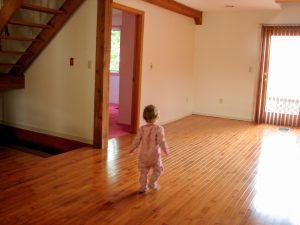 slicing mature bamboo poles into strips. Then these strips are cut into the desired lengths and widths, the outer skin and nodes are removed, and the strips are boiled in a solution of boric acid or lime to remove the sugar and starch. After it has been dried and planed the strips are laminated together, milled, sanded and finished creating the planks with either vertical or horizontal grain. Bamboo can be installed either with an interlocking joint system, nailed or glued. This product can be refinished however staining bamboo can be a challenge.
slicing mature bamboo poles into strips. Then these strips are cut into the desired lengths and widths, the outer skin and nodes are removed, and the strips are boiled in a solution of boric acid or lime to remove the sugar and starch. After it has been dried and planed the strips are laminated together, milled, sanded and finished creating the planks with either vertical or horizontal grain. Bamboo can be installed either with an interlocking joint system, nailed or glued. This product can be refinished however staining bamboo can be a challenge.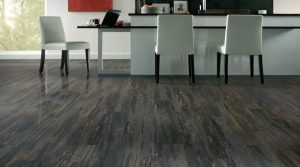 squares that used to be installed in homes. This product is made of resilient polyvinyl chloride (PVC) with a top layer of urethane. It comes in planks (to look like traditional wood floors), tiles (that can look like ceramic, stone, granite, marble, etc.) and is even available in patterns that resemble carpet squares. Luxury vinyl will range from 2mm to 5mm thick. It can be installed either in a snap together floating system or glued down.
squares that used to be installed in homes. This product is made of resilient polyvinyl chloride (PVC) with a top layer of urethane. It comes in planks (to look like traditional wood floors), tiles (that can look like ceramic, stone, granite, marble, etc.) and is even available in patterns that resemble carpet squares. Luxury vinyl will range from 2mm to 5mm thick. It can be installed either in a snap together floating system or glued down.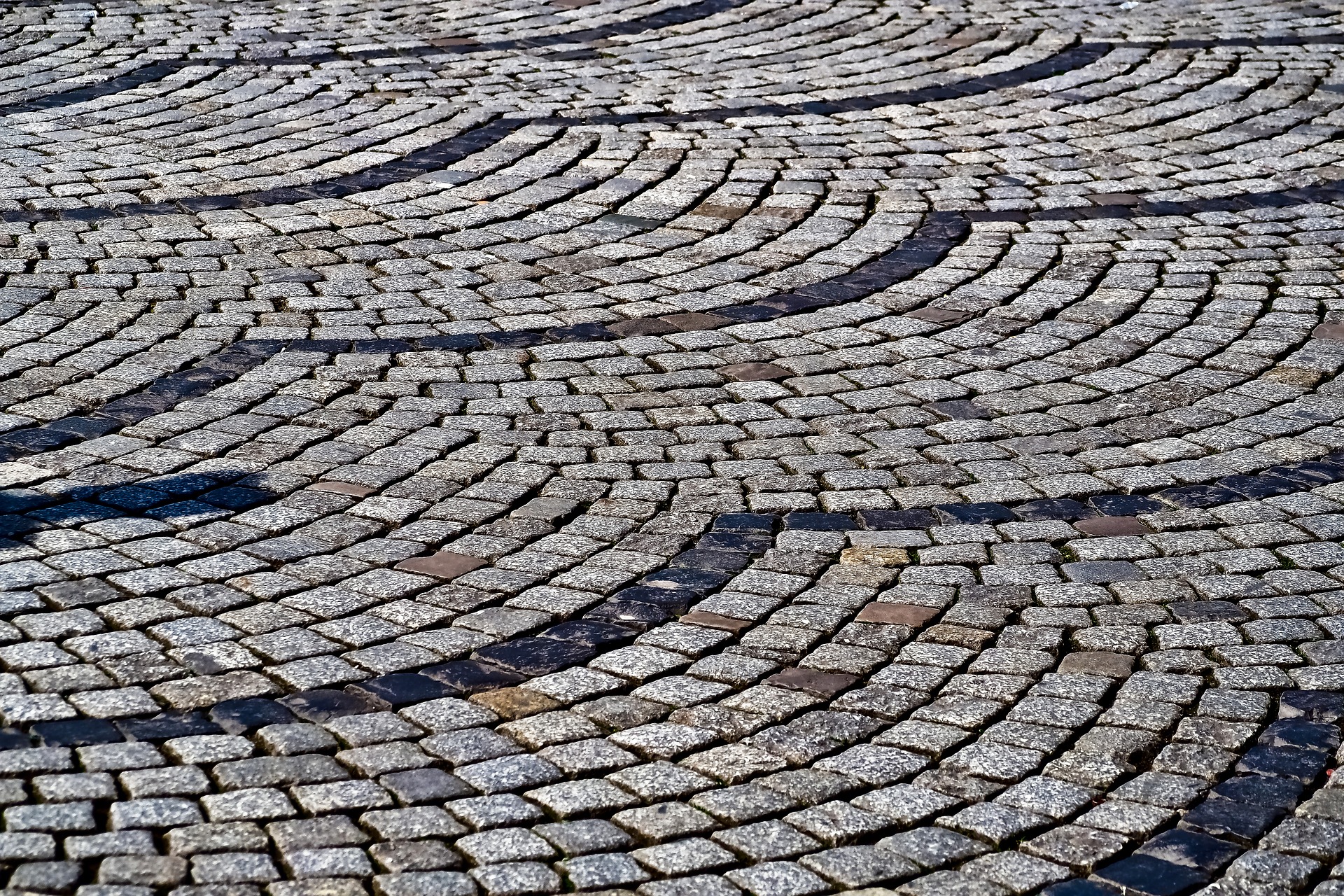
 Over the last several years floorcovering has gone from a few simple choices to so many that it can make your head spin. It used to be that carpet, sheet vinyl and wood were your main options. Now the number of various products, styles and finishes are overwhelming. Currently the trend is moving more and more to the solid surface products.
Over the last several years floorcovering has gone from a few simple choices to so many that it can make your head spin. It used to be that carpet, sheet vinyl and wood were your main options. Now the number of various products, styles and finishes are overwhelming. Currently the trend is moving more and more to the solid surface products.